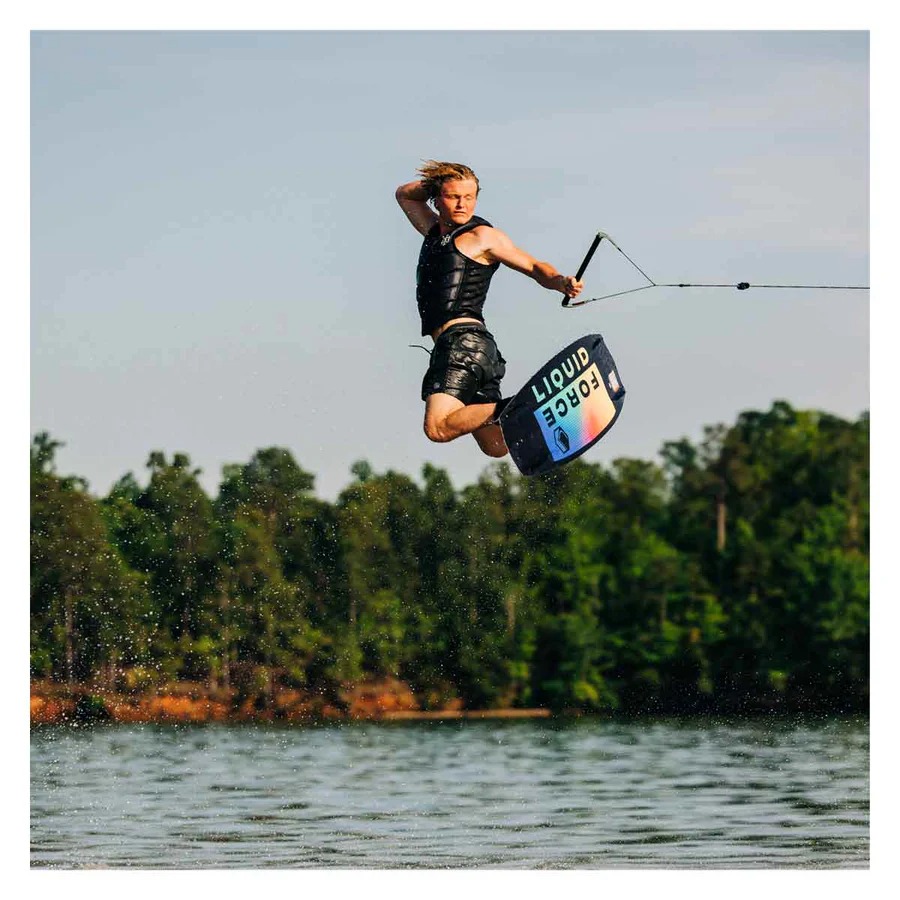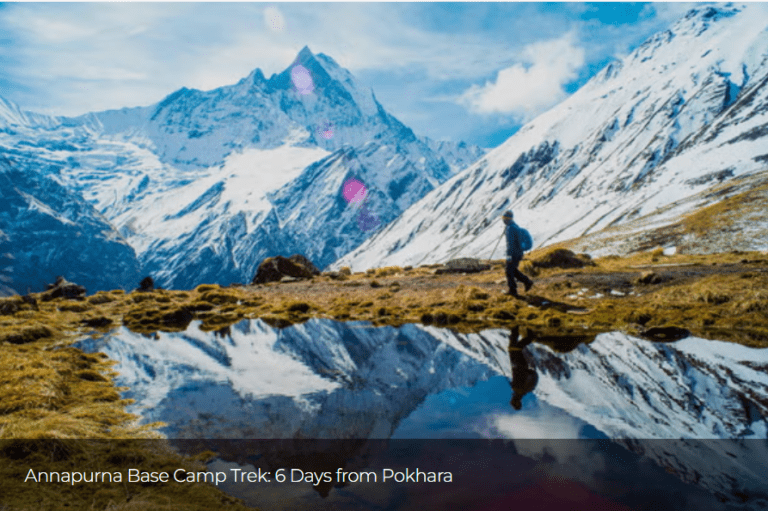Harness the Power of the Wake: A Guide to Speed and Style

Wakeboarding is more than just a water sport—it’s a lifestyle. Combining the thrill of high-speed action with the elegance of tricks and jumps, wakeboarding offers an exhilarating way to enjoy the water. Whether you’re drawn to the challenge of executing stylish tricks or simply enjoy the rush of being towed behind a boat, wakeboarding allows you to harness the power of the wake with both speed and style.
In this comprehensive guide, we’ll explore how to master the fundamentals of wakeboarding, improve your speed and performance, and add style to your ride, so you can fully embrace the wake board experience.
The Foundation of Wakeboarding
Before diving into speed and style, it’s essential to understand the fundamentals of wakeboarding. Whether you’re a beginner or an experienced rider looking to refine your technique, these core principles are the foundation of every great wake board session.
1. Choosing the Right Wake Board
Selecting the appropriate wake board is the first step to optimizing your performance on the water. Wakeboards come in various shapes and sizes, each catering to different skill levels and riding styles.
- Size: The size of your wake board should be based on your weight and riding preferences. A larger board provides more stability, making it ideal for beginners, while smaller boards are more agile and responsive, allowing advanced riders to perform sharper turns and tricks.
- Rocker Type: The rocker refers to the curvature of the board. A continuous rocker provides a smoother, more predictable ride, while a three-stage rocker offers greater lift off the wake, making it ideal for jumps and tricks. Choose a rocker that suits your desired riding style—whether you’re focused on cruising or aiming for high-flying tricks.
2. Bindings and Their Role
Bindings (or boots) are the connection between you and the wake board. Proper bindings ensure that your feet are secure, which is critical for both performance and safety. Comfortable, snug bindings allow for better control and reduce the risk of injury. Open-toe bindings offer flexibility in sizing, while closed-toe bindings provide a more precise fit, which can help improve control during advanced maneuvers.
3. Wakeboarding Stance
Your stance on the wake board is the foundation of everything you do on the water. A strong stance ensures balance and control, whether you’re gliding across the surface or launching into the air.
- Knees Bent: Always keep your knees bent to absorb the impact of the water and stay balanced. This will allow you to react more quickly to changes in the wake.
- Weight Distribution: Your weight should be centered between both feet, with a slight lean toward your back foot to maintain stability. Avoid leaning too far forward, as this can cause you to nose-dive into the water.
- Eyes Forward: It’s tempting to look down at your wake board, especially as a beginner, but keeping your eyes forward helps you maintain balance and anticipate changes in the water.
Building Speed on the Wake Board
Speed is a crucial element of wakeboarding, influencing everything from your ability to carve turns to the success of your jumps. The faster you ride, the more dynamic your experience will be. However, building speed while maintaining control requires skill and practice.
1. Edging for Speed
The key to building speed on the wake board lies in mastering your edging technique. Edging is the process of using the sides of the wake board to control direction and speed. There are two types of edges in wakeboarding:
- Heel-side edge: This is when you lean back on your heels to steer. It’s typically easier for beginners because it feels more natural.
- Toe-side edge: This is when you lean forward on your toes to steer. While it can be more challenging, mastering the toe-side edge is essential for building speed and improving your overall technique.
To increase speed, focus on creating a strong edge. When you’re riding on your heels or toes, lean into the edge with your entire body to generate more tension on the rope and gain momentum. The sharper your edge, the faster you’ll go.
2. Shorter Rope for Better Speed Control
While wakeboarding, the length of the tow rope can impact your speed and control. Beginners often use shorter ropes (50-65 feet), which keep them closer to the boat and the wake. As you become more comfortable with speed, you can gradually lengthen the rope, allowing for more room to perform tricks and ride at faster speeds.
3. Boat Speed
The speed of the boat pulling you also determines how fast you ride. Beginners typically start at slower speeds, around 16-19 miles per hour, which provides more control and stability. As your skills improve, you can increase the boat speed to 20-24 miles per hour for a more thrilling ride and larger wakes to jump.
Elevating Your Style
Once you’ve built your speed and mastered the fundamentals, it’s time to elevate your style. Wakeboarding is as much about creativity and personal expression as it is about technique. Adding style to your ride involves learning tricks, performing jumps, and incorporating unique elements into your movements.
1. Jumping the Wake
One of the most exciting ways to add style to your wakeboarding is by jumping the wake. A well-executed wake jump not only looks impressive but also feels incredible. To perform a wake jump:
- Edge Out: Start by edging away from the wake to build up speed and create tension on the rope.
- Approach the Wake: As you approach the wake, keep your knees bent and your eyes focused ahead. You want to hit the wake at a slight angle, not head-on, for the smoothest jump.
- Pop Off the Wake: As you ride up the wake, push off with your legs to “pop” into the air. Keep your core engaged and maintain control of the handle.
- Prepare for Landing: As you descend, keep your knees bent to absorb the impact. Focus on landing with both feet evenly distributed to avoid losing balance.
2. Learning Grabs
Grabs are an excellent way to add style to your wakeboarding jumps. A grab is when the rider reaches down and grabs the edge of the wake board while airborne. To perform a grab:
- Start with a Wake Jump: Perform a wake jump by following the steps above.
- Reach Down: Once airborne, reach down with one hand to grab the edge of the wake board. Keep your knees bent to bring the board closer to you.
- Release and Land: Let go of the board as you prepare to land. Keep your eyes focused on the water and land with your knees bent to absorb the impact.
Popular grabs include the Indy Grab (grabbing the board between your feet on the toe-side edge) and the Tail Grab (grabbing the tail of the board with your back hand).
3. Surface Spins and 180s
Surface spins are another great way to showcase your style without the need for jumps. A surface 180 involves spinning the wake board 180 degrees while still on the water. To perform a surface spin:
- Build Speed: Begin by edging out from the wake to create tension on the rope.
- Initiate the Spin: Use your hips and shoulders to initiate the spin while keeping the handle close to your body.
- Complete the Spin: Once you’ve rotated 180 degrees, adjust your stance and balance to ride in the new direction.
4. Carving and Butter Slides
Carving refers to making sharp, controlled turns on the wake board, adding a dynamic element to your ride. To carve, lean into your heel-side or toe-side edge and use the tension in the rope to create fluid turns. Carving allows you to change directions quickly and adds style to your movement across the water.
A butter slide is another stylish trick, where you ride flat across the surface of the water with the board perpendicular to the direction of travel. To perform a butter slide:
- Shift Your Weight: As you ride, shift your weight slightly forward to flatten the board and create a sliding motion.
- Balance: Keep your knees bent and your weight centered to maintain balance during the slide.
Staying Safe on the Water
While speed and style are essential components of wakeboarding, safety should always come first. Wakeboarding can be physically demanding, and falling at high speeds can lead to injury if proper precautions aren’t taken.
- Always Wear a Life Vest: A life vest is mandatory while wakeboarding. It provides buoyancy, keeps you afloat, and reduces the risk of drowning if you fall into the water.
- Use a Helmet: While helmets are optional, they offer additional protection, especially when attempting jumps and tricks.
- Communicate with the Boat Driver: Establish hand signals with the boat driver to indicate when you want to speed up, slow down, or stop. Clear communication ensures a smooth ride and helps avoid accidents.
- Stay Hydrated: Wakeboarding is a physically demanding sport, especially under the hot sun. Make sure to stay hydrated before and after your ride to avoid dehydration and fatigue.
Conclusion
Wakeboarding is an exhilarating sport that offers both speed and style, allowing you to harness the power of the wake in thrilling ways. Whether you’re carving through the water at high speeds, launching off the wake for big jumps, or adding stylish grabs and spins to your routine, wakeboarding provides endless opportunities for fun and creativity on the water.




